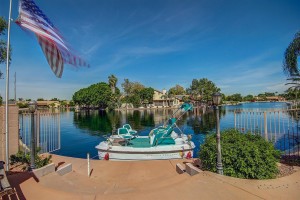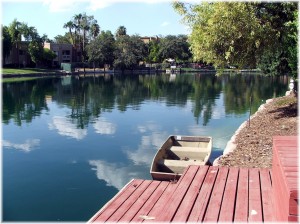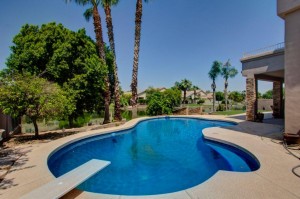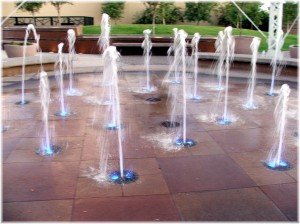 HOA Reserve Study – Another document in the HOA disclosures
HOA Reserve Study – Another document in the HOA disclosures
If you have the patience to wade through all of the disclosure information that is provided by the HOA when you buy a house, you may stumble upon a document called a reserve study. In fact according to the current AAR Planned Community Addendum, the most recent reserve study must be provided to the buyer if it exists. If the HOA is responsible for maintaining a community with more than the normal level of common area amenities such as a man made lake or a community park or clubhouse, a reserve study is even more important. 
What is a reserve study?
The best definition of a reserve study that I’ve found is “A Reserve Study is the art and science of anticipating, and preparing for, major common area repair and replacement costs. (Association Reserves, Inc.) There are two parts to the reserve study; the physical analysis and the financial analysis. The physical analysis contains information about the condition and anticipated costs to maintain or replace the assets maintained by the association. The second part is the financial analysis that includes a review of the association’s reserve balance and plan to offset expenses. As a community has more assets and common area responsibilities, a thorough reserve study becomes very important because of the large capital expenses that can occur. The purpose of reserve study is to establish reserves that will cover capital common area expenses. Otherwise, a special assessment may be required of each property owner to cover costs that were not anticipated or budgeted.
Reserve studies are not required by law in Arizona even though in other states such as California, Delaware, Utah, Nevada and Virginia they are. As a prudent steward over the assets of a community it would be very reasonable that a community association would perform a reserve study periodically. A.R.S. 33-1260 does requires that the buyer be provided with a statement regarding the total  amount of money held by the association as reserves. The significant discussion really centers around how frequently a reserve study should be performed. In states that do require reserve studies, physical site assessments 3 – 5 years cycles are suggested.
amount of money held by the association as reserves. The significant discussion really centers around how frequently a reserve study should be performed. In states that do require reserve studies, physical site assessments 3 – 5 years cycles are suggested.
If you’d like to receive automatic updates of any homes in the southeast valley, click on receive real estate listings automatically.
A benefit of reviewing the reserve study for any Phoenix area home is that a potential buyer or existing owner will be able to see what community assets are being considered for repair or replacement and the anticipated life of each. You’ll also run across terminology regarding the funding strategy and funding res erve. Calculations also show how much of the spent or deteriorated asset life has been covered for in the reserves. Even as a current homeowner, the review of the reserve study is recommended.
erve. Calculations also show how much of the spent or deteriorated asset life has been covered for in the reserves. Even as a current homeowner, the review of the reserve study is recommended.
The Reserve Study is often overlooked by buyers when they are reviewing the HOA disclosures. Possibly because a potential buyer is busy reading the Conditions, Covenants, and Restrictions (CC&R’s) for the community. However, a quick review can give a buyer worthwhile insight into the community where their next home will be.
If you would like to know an honest valuation of your home, please click onWhat’s My Home Worth.
Related Posts
Driving through neighborhoods virtually!

